Polyester satin fabric is a name that rings elegance, luxury, and a touch of glamour. Whether it's for high-end fashion garments or sumptuous home decor, polyester satin has secured its place in the fabric world. But what makes this fabric so special?
In this article, we’ll delve into the characteristics of polyester satin fabric, exploring its composition, construction, weight variation, width, and its suitability for different uses.
Table Of Contents
What is Polyester Satin Fabric?
Polyester satin fabric is a type of material that combines the synthetic properties of polyester with the silky smoothness of satin. Polyester, a widely used synthetic fiber, is known for its durability, wrinkle resistance, and affordability. Satin, on the other hand, is a weave rather than a material. It’s famous for its glossy surface and soft, draping qualities.
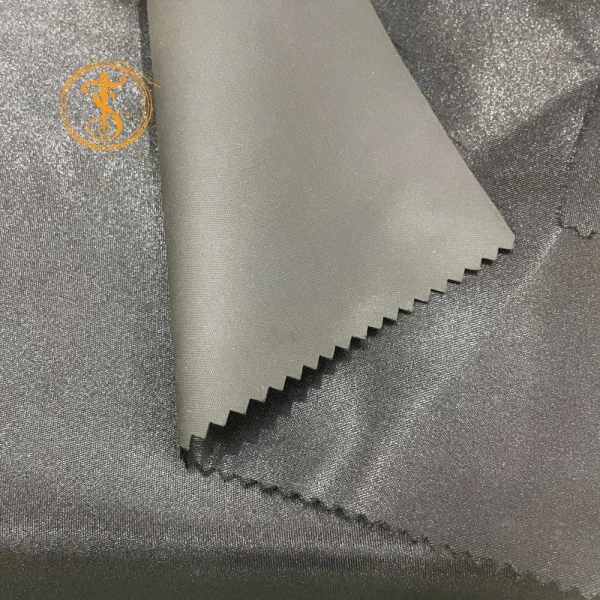
When these two are combined, you get polyester satin—a fabric that not only looks luxurious but is also practical and easy to maintain.
Learn More about: What is Satin Fabric?
History of Satin Fabric
Satin has been around for centuries, with its origins traced back to ancient China. The name "satin" is derived from the Chinese port city of Quanzhou, formerly known as Zayton. Initially, satin was made from silk and was accessible only to the wealthy and the elite.
Fast forward to modern times, the advent of synthetic fibers like polyester made satin more accessible to the masses. Today, polyester satin is a popular choice for everything from evening gowns to bed linens, offering a cost-effective alternative to silk satin.
Fabric Composition
Polyester satin fabric is made entirely from polyester fibers, which are derived from petroleum-based products. But it could mixed up with spandex, nylon or other fiber. Such as: 95% Polyester 5% Spandex Satin, 89% Polyester 11% Nylon Satin Fabric, 97% Polyester 3% Spandex Satin Fabric. Most of the case, polyester has been blendly used with other fiber to increase stretch functionality.
Polyester fibers are extruded into long filaments, which are then woven together using the satin weave technique. The result is a fabric that has a smooth, shiny surface on one side and a matte finish on the other.
Construction and Weave
The satin weave is key to the fabric’s characteristic shine and smoothness. In this weave, the warp threads (the vertical threads in the fabric) are floated over several weft threads (the horizontal threads), creating a surface that reflects light beautifully. The construction of polyester satin typically involves a high thread count, contributing to its silky feel and luxurious appearance.
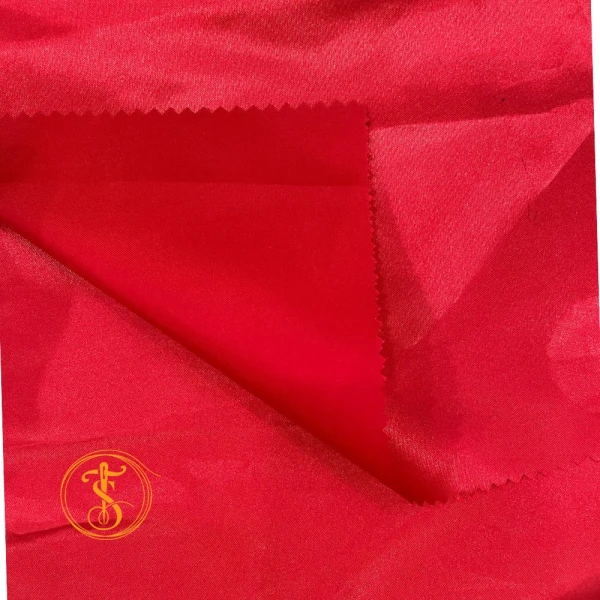
Example Construction 75D x 300D is a specific notation used in the textile industry to describe the thread count or density of a fabric. It indicates the number of warp (lengthwise) and weft (crosswise) threads per inch.
- 75D: This refers to the denier weight of the warp threads. Denier is a unit of measure used to describe the thickness or weight of a yarn. A 75D yarn is relatively fine.
- 300D: This refers to the denier weight of the weft threads. So, a 300D yarn is thicker and heavier than a 75D yarn.
Therefore, a construction of 75D x 300D means that the fabric has:
- 75 denier warp threads per inch
- 300 denier weft threads per inch
Weight Variation (GSM)
One of the important factors in understanding any fabric is its weight, usually measured in GSM (grams per square meter). Polyester satin fabric can vary widely in weight, depending on its intended use.
- Lightweight Polyester Satin (80-100 GSM): This type is often used for delicate garments like lingerie, scarves, or blouses where a soft drape is essential.
- Medium Weight Polyester Satin (100-150 GSM): This variation is commonly used in dresses, evening gowns, and linings. It strikes a balance between being light enough to drape well but heavy enough to offer some structure.
- Heavyweight Polyester Satin (150-250 GSM): This type is typically used for more structured garments like jackets or costumes, as well as for upholstery and drapery. It offers more body and is less prone to clinging.
Width
The polyester satin fabric typically comes in a standard width of 57/58 inches mostly. 57" is cuttable width and 58" is fabric selvage line.
Finishes
Polyester satin fabric can be treated with various finishes to enhance its appearance, texture, and functionality. Here’s a brief overview of some common finishes and their applications:
1. Water-Resistant Finish
Polyester Satin Fabric Water Resistant Finish is applied to polyester satin to make the fabric repel water, preventing it from soaking through. This finish is ideal for outerwear, umbrellas, and other items that need protection from rain or moisture while maintaining a smooth, satin-like appearance.
- Application: To make fabrics resistant to water absorption.
- Types:
- Hydrophobic finishes: Create a water-repellent barrier on the fabric surface.
- Hydrophilic finishes: Absorb water but prevent it from penetrating the fabric.
- Uses: Rainwear, umbrellas, outdoor furniture, swimwear
2. Dull Finish
Dull Satin reduces the natural sheen of polyester satin, giving it a more matte and understated look. This finish is often used in fashion garments where a more subtle, elegant appearance is desired, such as in evening gowns or tailored suits.
- Application: To reduce the shine or luster of a fabric.
- Methods:
- Chemical treatments: Using chemicals to dull the surface.
- Mechanical treatments: Sanding, brushing, or embossing.
- Uses: Casual clothing, home decor, upholstery
3. PU Leather Finish
Polyester Satin With PU Leather finish involves coating the polyester satin with a thin layer of polyurethane, giving it a leather-like texture and appearance. This finish is commonly used in accessories like bags, jackets, and shoes, offering a stylish yet durable alternative to real leather.
- Application: To create a synthetic leather-like material with a polyurethane coating.
- Advantages:
- More affordable than genuine leather
- Often cruelty-free
- Can be made to mimic the appearance and feel of leather
- Uses: Bags, shoes, belts, upholstery
4. High Twisting Moss Crepe Finish
Satin High Twisting Moss Creepe finish involves high twisting of the polyester fibers to create a crepe-like texture that is slightly rougher and more textured than traditional satin. The high twisting moss crepe finish adds visual interest and is used in garments like dresses, skirts, and blouses, where a textured, drapey fabric is desired.
- Application: To create a fabric with a distinctive textured surface.
- Process:
- Highly twisting the yarn during weaving or knitting.
- Creating a rough, uneven surface.
- Uses: Evening gowns, cocktail dresses, scarves
Other Common Finishes and Their Applications
- Antimicrobial finishes: To prevent bacterial growth. (Uses: Medical garments, athletic wear)
- Flame-resistant finishes: To make fabrics less flammable. (Uses: Firefighter uniforms, airplane interiors)
- Soft hand finishes: To improve the feel of a fabric. (Uses: Baby clothes, lingerie)
- Wrinkle-resistant finishes: To reduce wrinkling. (Uses: Travel clothing, business attire)
- Colorfast finishes: To prevent color fading. (Uses: Outdoor fabrics, swimwear)
Characteristics of Polyester Satin Fabric
Polyester satin fabric isn't just about aesthetics; it’s packed with features that make it a go-to fabric for various applications. Here’s what makes polyester satin stand out:
1. Luxurious Appearance:
One of the most striking features of polyester satin fabric is its luxurious, shiny surface. The satin weave gives the fabric a glossy finish on one side, while the other side remains matte or slightly dull. This shiny surface reflects light beautifully, making the fabric appear elegant and sophisticated.
2. Durability
Unlike natural silk satin, which can be delicate and prone to damage, polyester satin is known for its durability. Polyester fibers are inherently strong, resistant to stretching and shrinking, and can withstand regular wear and tear. This makes polyester satin an excellent choice for items that need to last, such as evening gowns, costumes, and upholstery.
3. Affordability
Polyester satin offers the luxurious look and feel of satin without the hefty price tag. This affordability makes it a popular choice for budget-conscious consumers who don't want to compromise on style.
4. Wrinkle Resistance
One of the biggest advantages of polyester satin is its wrinkle resistance. Unlike natural fibers that can crease easily, polyester satin retains its smooth appearance even after being folded or packed away. This makes it an excellent choice for garments that need to maintain their appearance throughout the day or for fabrics used in home decor that should look pristine.
5. Easy Maintenance
Polyester satin is relatively low-maintenance. It can usually be machine-washed and doesn't require special care like dry cleaning, making it a practical choice for everyday items.
Applications of Polyester Satin Fabric

1. Fashion and Apparel
Polyester satin is a favorite in the fashion industry, particularly for formal wear. Evening gowns, bridal dresses, and lingerie are often made from this fabric due to its luxurious appearance and smooth texture. Such as: 100% Polyester Satin AOP. The fabric's drapability allows designers to create flowing, elegant silhouettes that move beautifully with the body.
2. Home Decor
Beyond clothing, polyester satin is also popular in home decor. It’s commonly used for making curtains, cushion covers, and bed linens. The glossy finish of the fabric adds a touch of elegance to any room, making it perfect for creating a sophisticated ambiance.
3. Accessories
Polyester satin is also used to create various accessories such as scarves, ties, and ribbons. The fabric's smooth texture and vibrant colors make it ideal for these items, which often need to look polished and stylish.
4. Costume Design
In the world of theater and film, polyester satin is often used for costumes. Its ability to mimic the look of more expensive fabrics like silk, combined with its durability, makes it a practical choice for costumes that need to withstand multiple performances or shoots.
5. Upholstery
Polyester satin's durability and stain resistance make it a popular choice for upholstery, especially for items like decorative pillows and chair covers. Its smooth, shiny surface adds a touch of luxury to furniture pieces, making them look more expensive than they are.
Conclusion
Polyester satin fabric is a remarkable material that brings together the best of both worlds: the luxurious look of satin and the practicality of polyester. Whether you're looking to add a touch of elegance to your wardrobe or home, polyester satin is a versatile and affordable option that won’t disappoint.
Its combination of durability, affordability, and easy maintenance makes it a favorite choice for many, whether for fashion, home decor, or special events. With proper care, polyester satin can retain its beauty and functionality for years to come.





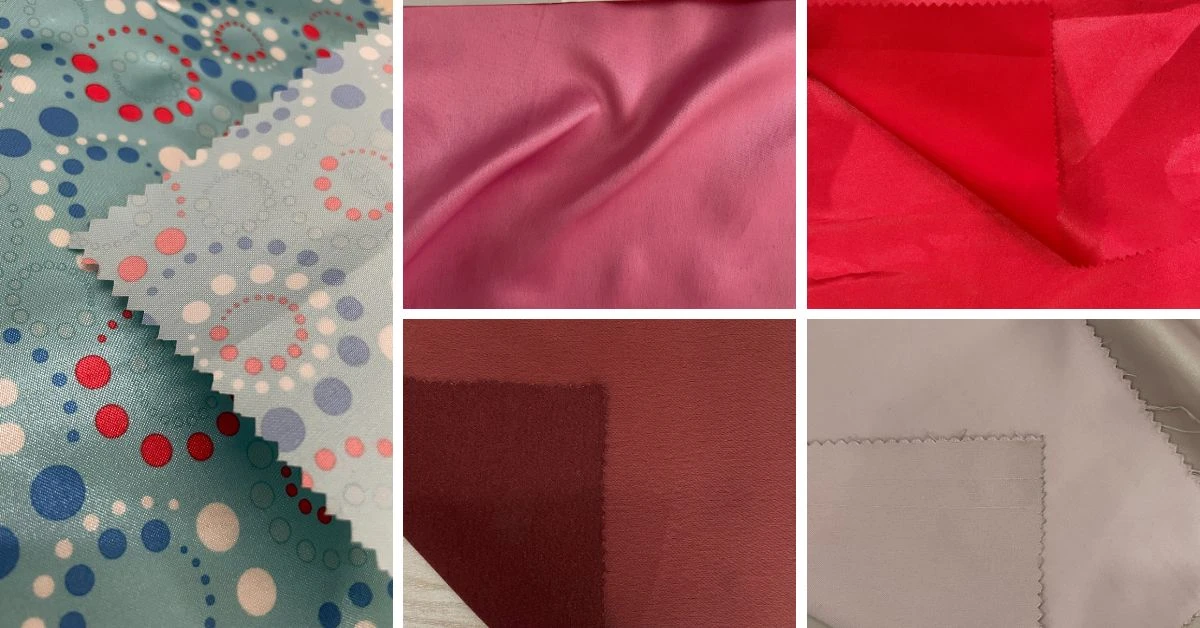
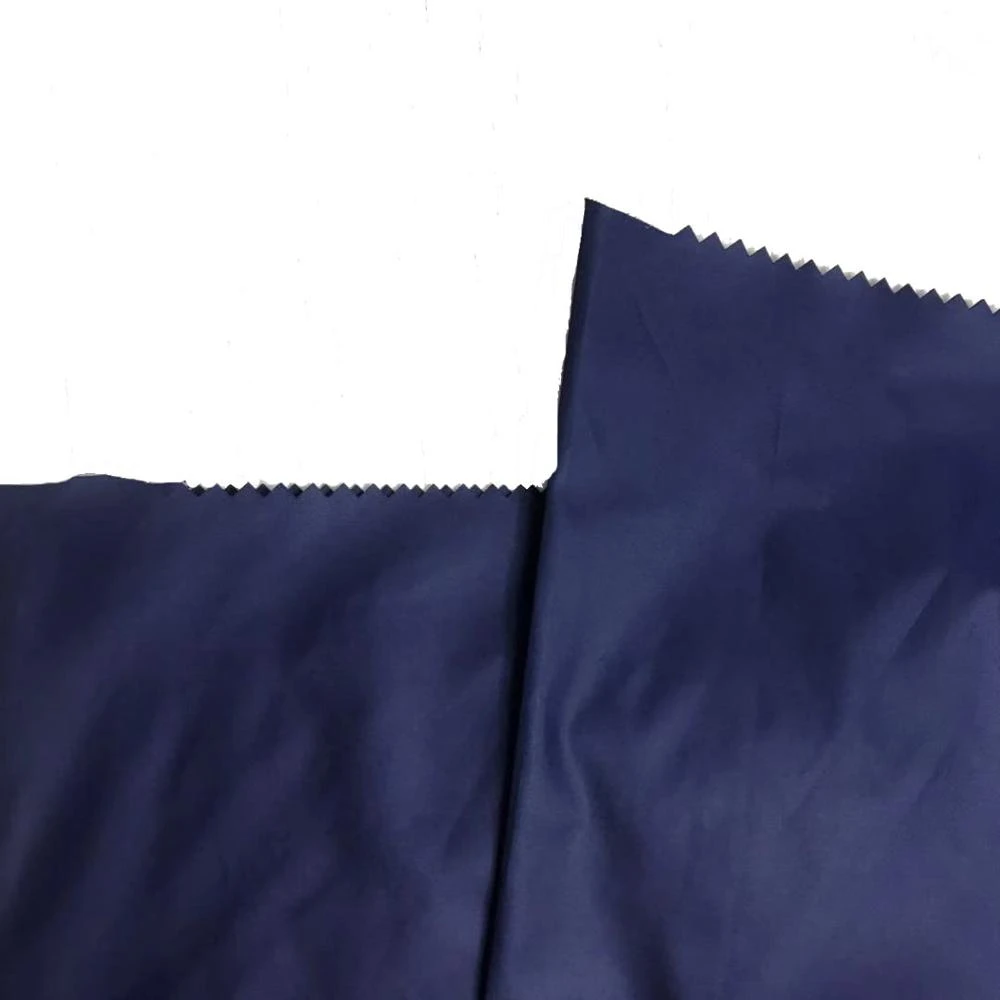
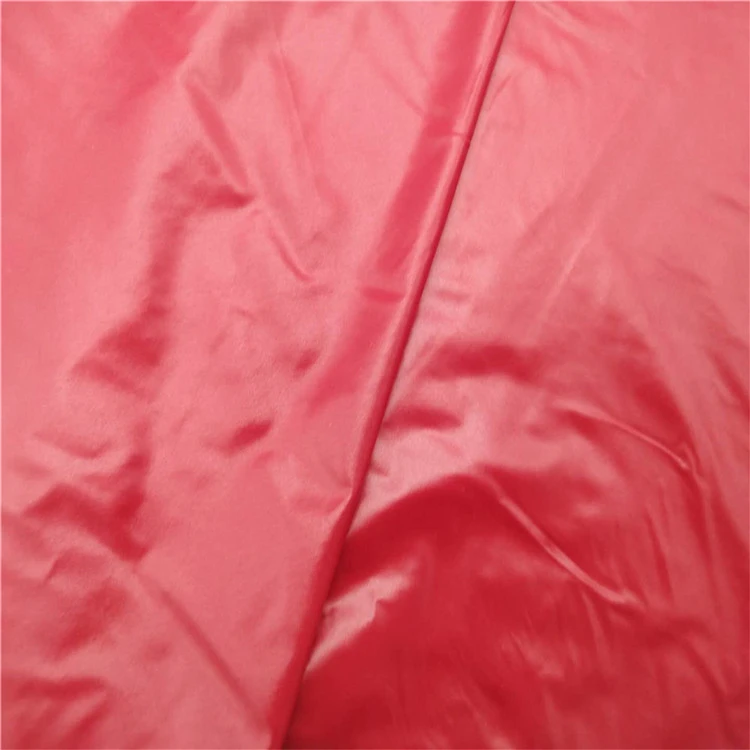
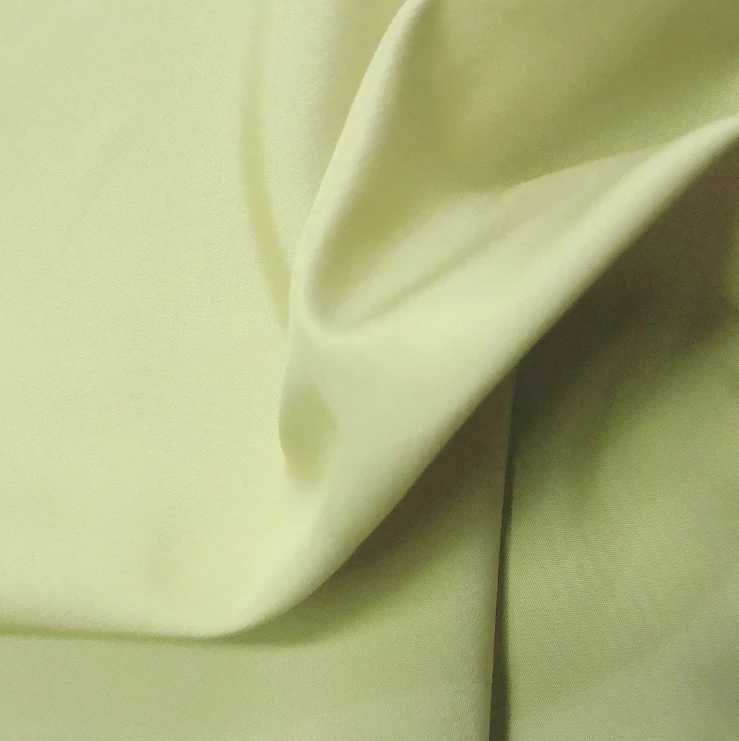
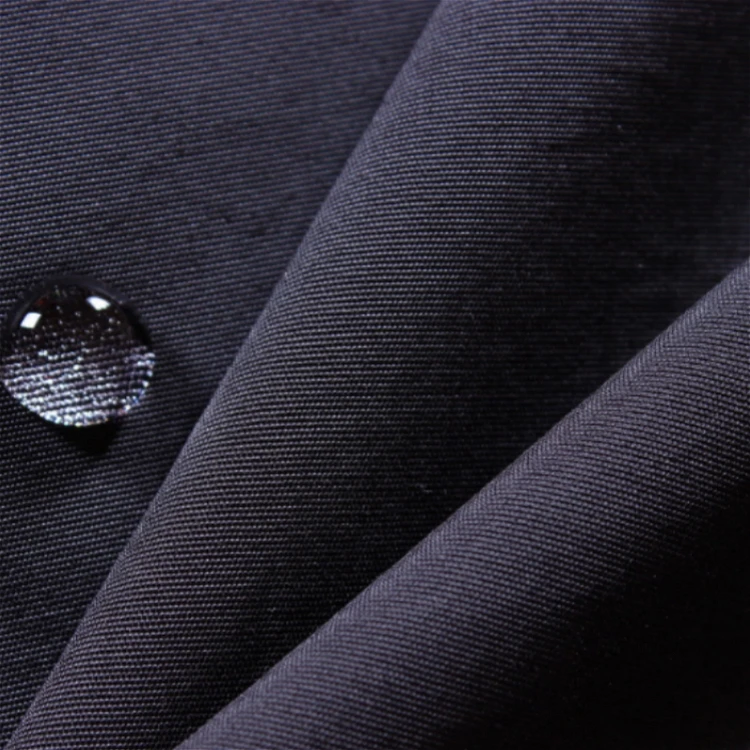
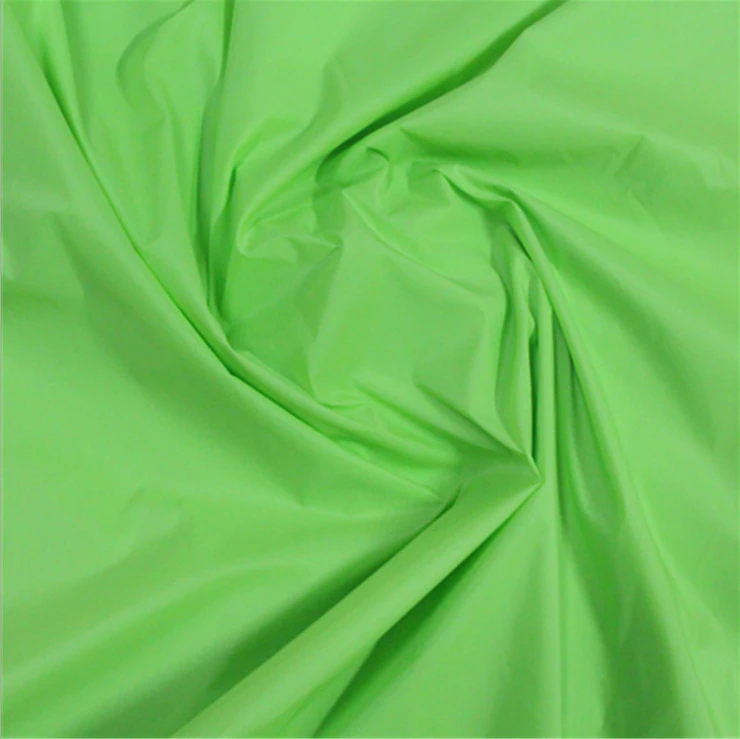

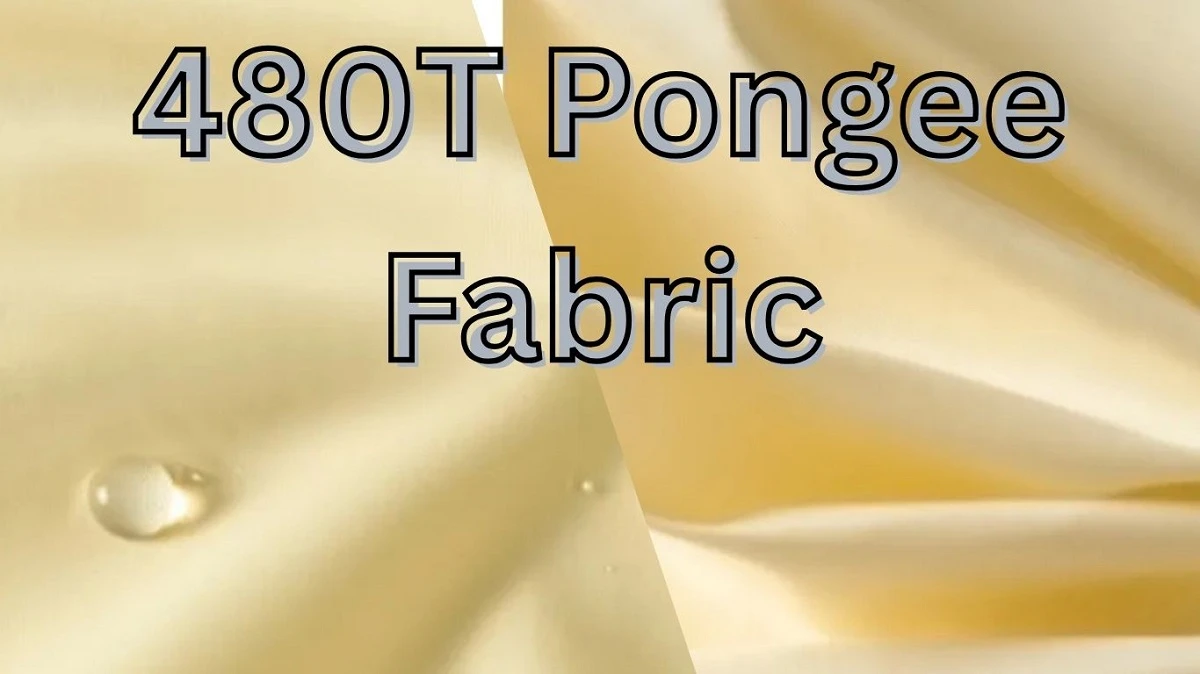
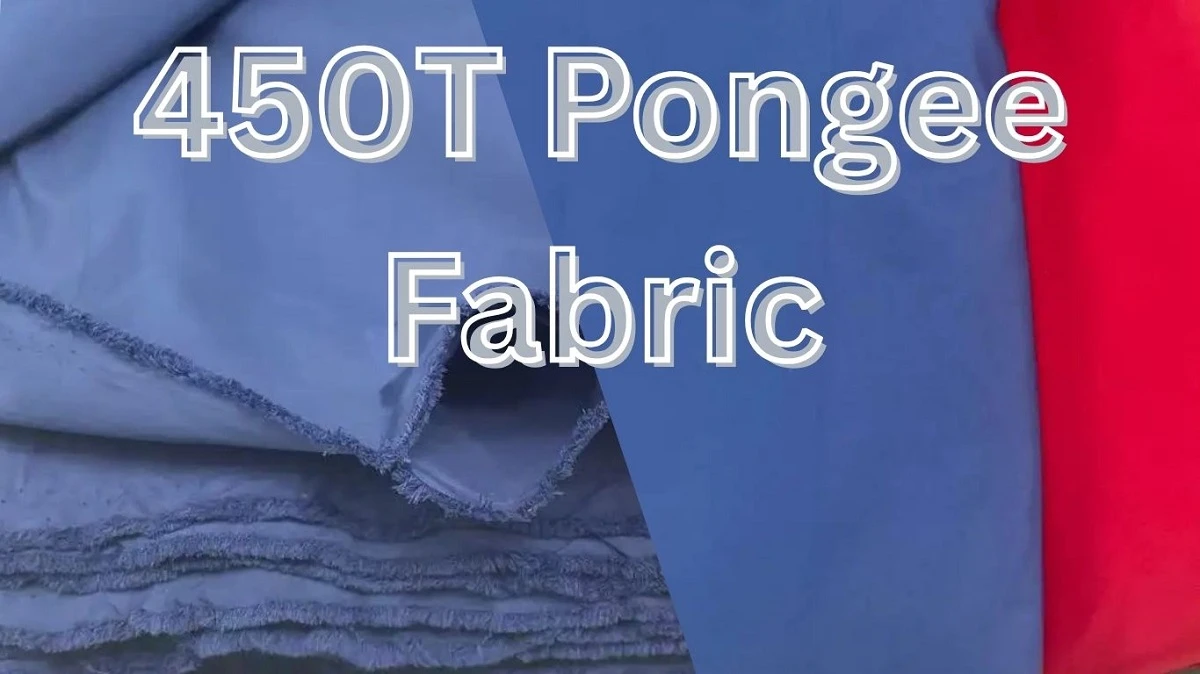
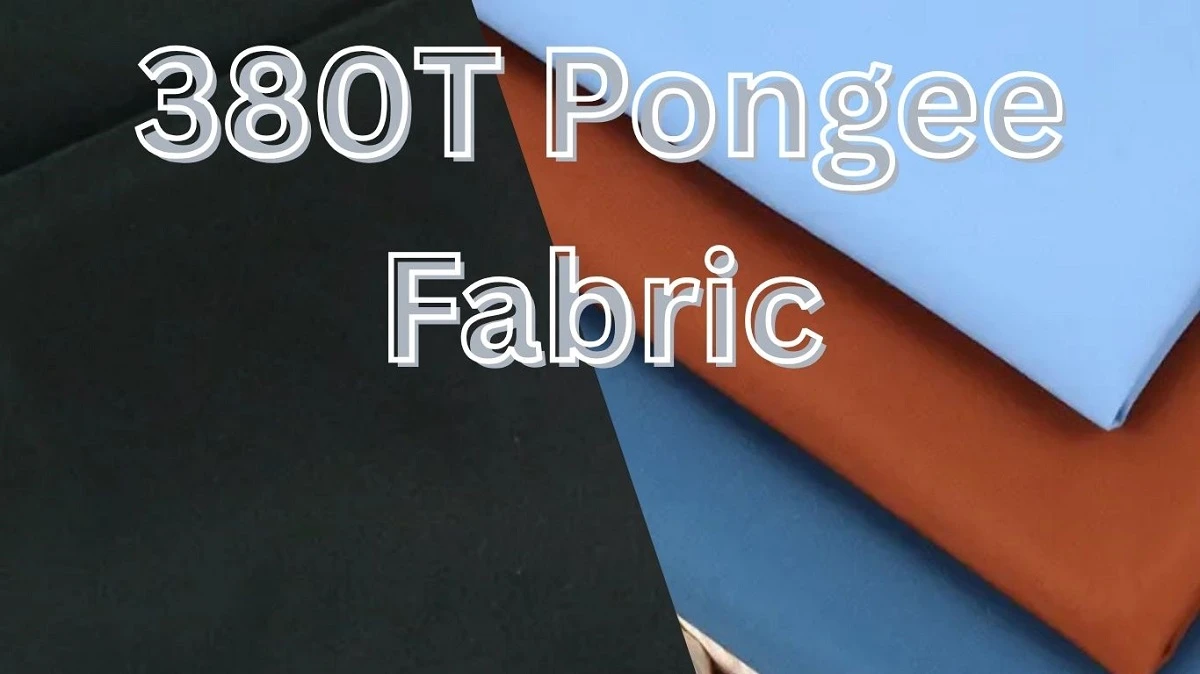
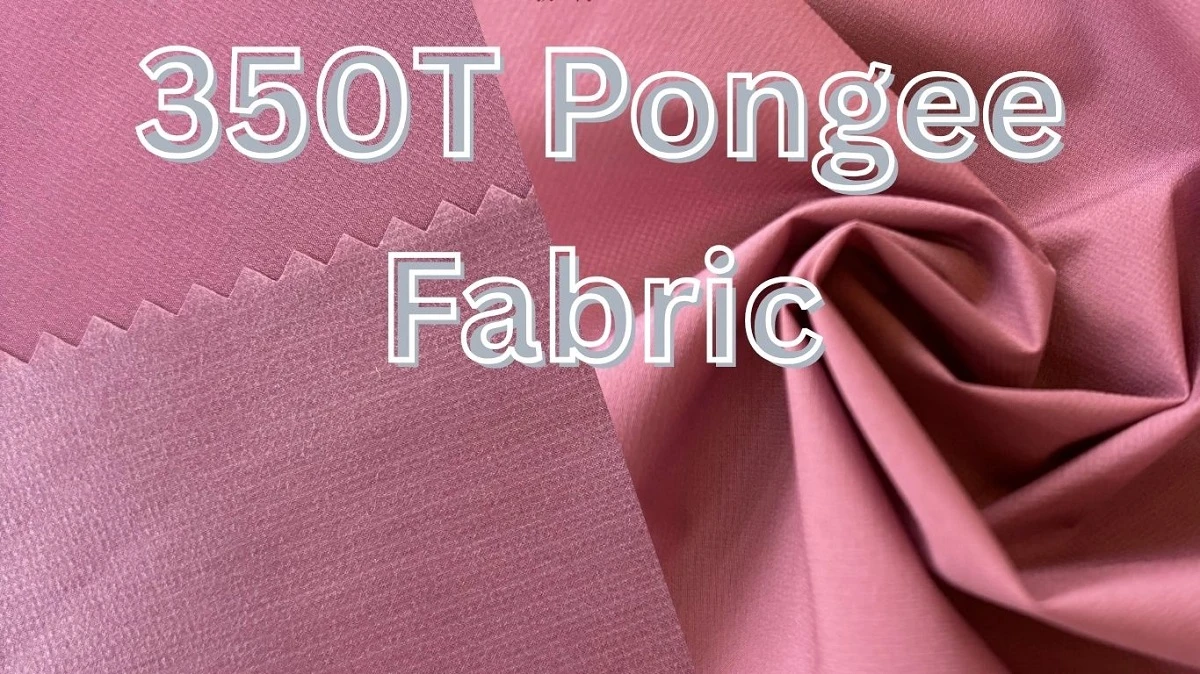
Comments - 00
Leave A Reply
Thanks for choosing to leave a comment.